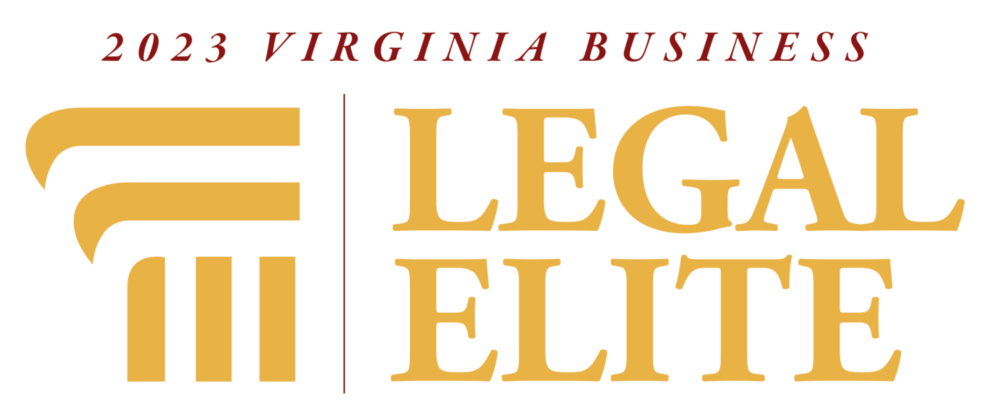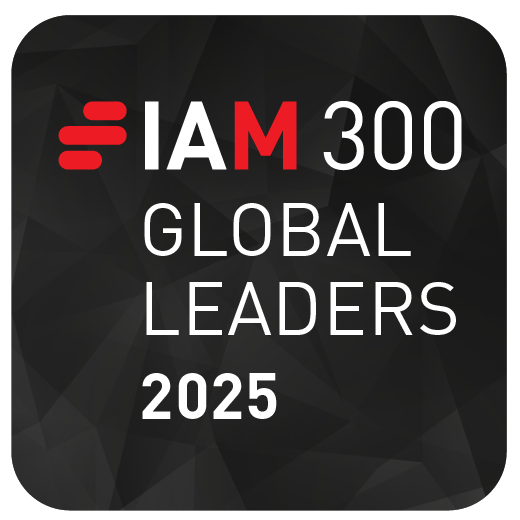By Noah Flaks
On October 1, 2024, the USPTO announced an official end of the After Final Consideration Pilot Program 2.0 (AFCP 2.0). The last day to submit a response for consideration under AFCP 2.0 will be December 14, 2024. The USPTO notice can be read here: https://www.federalregister.gov/documents/2024/10/01/2024-22481/extension-and-termination-of-the-after-final-consideration-pilot-program-20.
What is AFCP 2.0?
AFCP 2.0 was originally launched in 2013, with goals to improve collaboration between examiners and applicants and to provide a framework for consideration of claim amendments after final rejection without the need to file costly Requests for Continued Examination (RCE). While AFCP 2.0 was only intended to last for a short period of time, its popularity led to the program’s repeated extension.
To participate in AFCP 2.0, an Office Action must be final and an amendment must be submitted to at least one independent claim. The claim amendment could not broaden the scope of the independent claim “in any aspect”. AFCP 2.0 granted additional time for examiners to review an amendment submission made after final rejection, but only if the examiner determined that the submission qualified for consideration under AFCP 2.0. Additionally, the examiner was authorized to conduct an interview with applicant to discuss the examiner’s review of the submission.
USPTO Decision To End AFCP 2.0
Earlier this year, the USPTO proposed new rules and fee adjustments for fiscal year 2025. While the USPTO has not officially announced new fees for fiscal year 2025, it is fair to say that budget played a role in the USPTO’s decision to end AFCP 2.0.
According to the USPTO, AFCP 2.0 had operating costs estimated to exceed $15 million in fiscal year 2022. These high operating costs led to the USPTO to propose implementing a fee for participation in AFCP 2.0 ($500 for undiscounted entities, $200 for small entities, and $100 for micro entities). However, public feedback regarding this proposed fee was largely negative. As a result, the USPTO decided to terminate the program and no longer accept requests after December 14, 2024.
The USPTO’s notice mentions that Applicant’s still have other options available for after-final consideration, such as amending claims or requesting interviews under standard examination practices, and other procedures like pre-appeal brief review requests.
Takeaway
The USPTO is ending AFCP 2.0, and Applicants must submit AFCP 2.0 requests by December 14, 2024 for pending final rejections. Going forward, Applicants must now rely on standard after final strategies.
We are hopeful that the end of the AFCP 2.0 program will not change U.S. patent practice significantly. When an AFCP 2.0 response is filed, it is rare for the Examiner to enter the amendment, unless the claim amendment is minor and results in an allowance. Prior to the creation of the AFCP 2.0 program, Examiners would enter minor claim amendments to correct formal issues or to incorporate allowable subject matter into the independent claims without the need for an RCE. We expect that Examiners will revert to this the practice after the end of the AFCP 2.0 program.
We suggest that Applicants plan ahead of the end of AFCP 2.0 in order to most efficiently achieve allowance and to reduce the likelihood of an RCE. Examiners spend the most time reviewing an application at the first non-final stage. So, Applicants should ensure that the claims are in their best form prior to the examiner’s first review. To do so, we suggest amending the claims before filing or via Preliminary Amendment to fix clarity and formality issues, and ensuring that a full claim set is on file before examination to allow the examiner an opportunity to search as much subject matter as possible. Additionally, conducting an examiner interview after non-final rejection may resolve most pending issues in a case.
Companies should update their internal procedures now, in advance of December 14, to ensure efficient practice and to anticipate budget adjustments. Xsensus will work closely with our clients to develop strategies to navigate USPTO rule changes.









